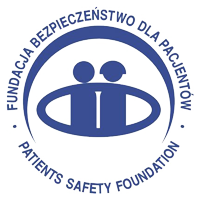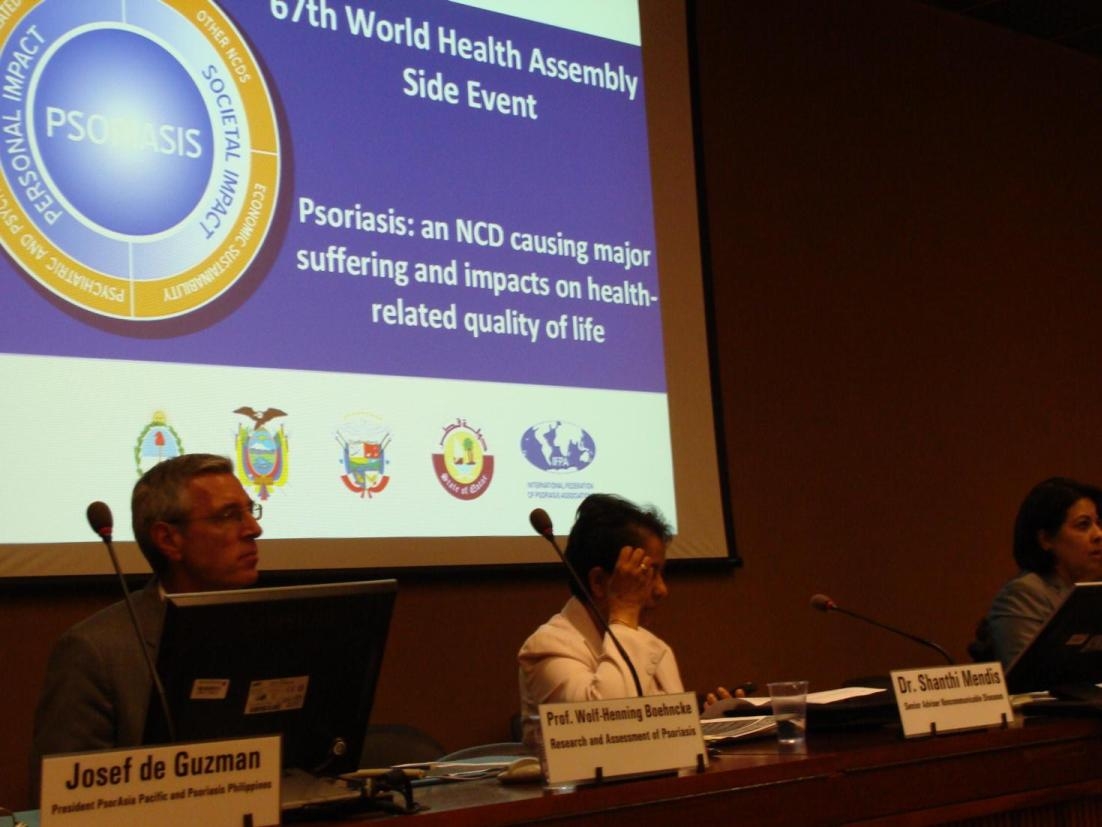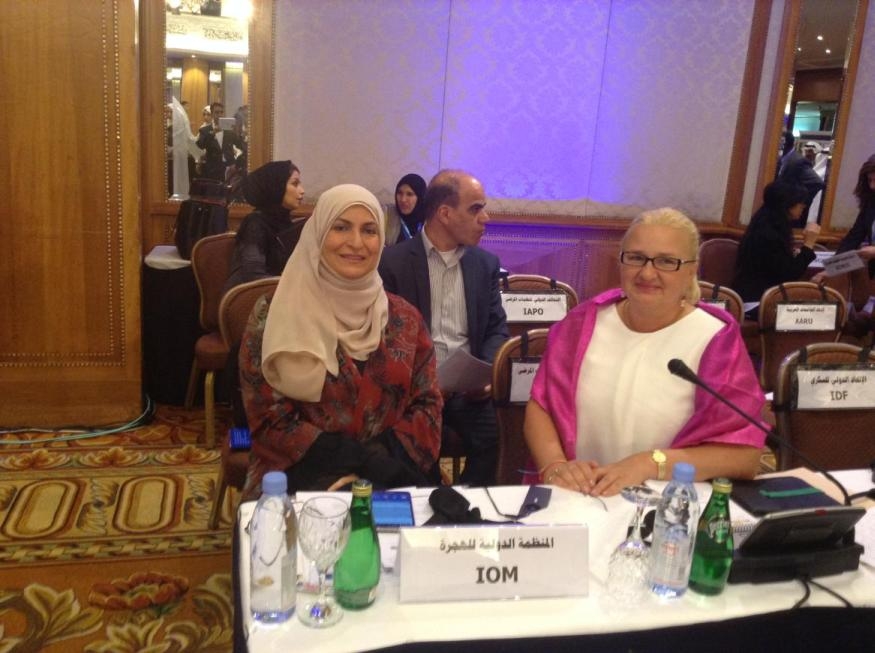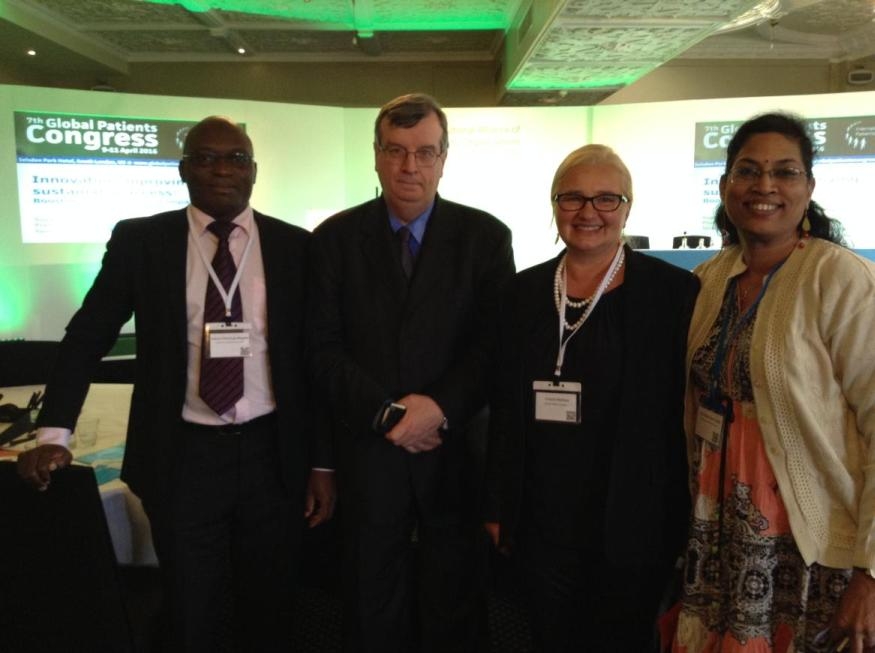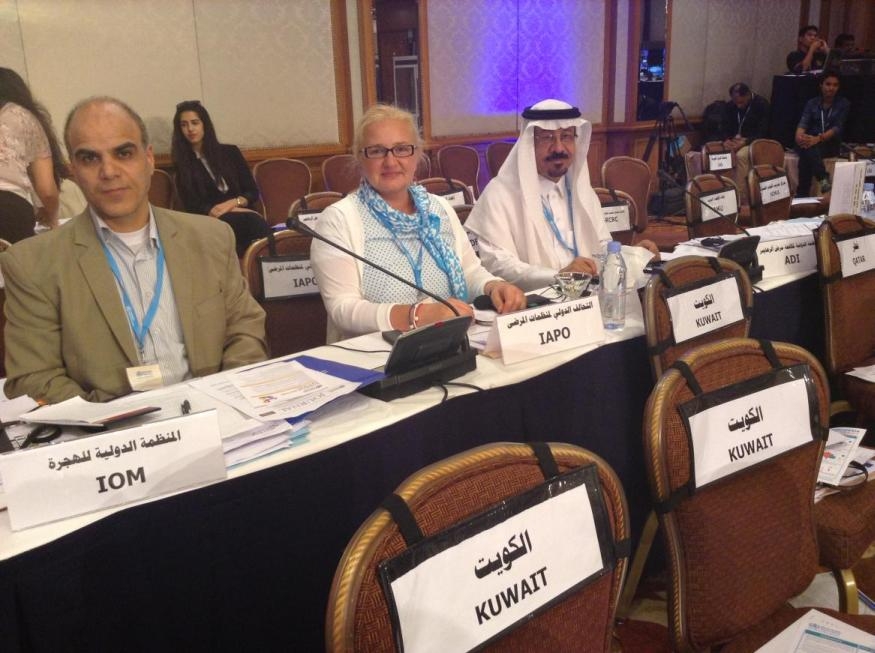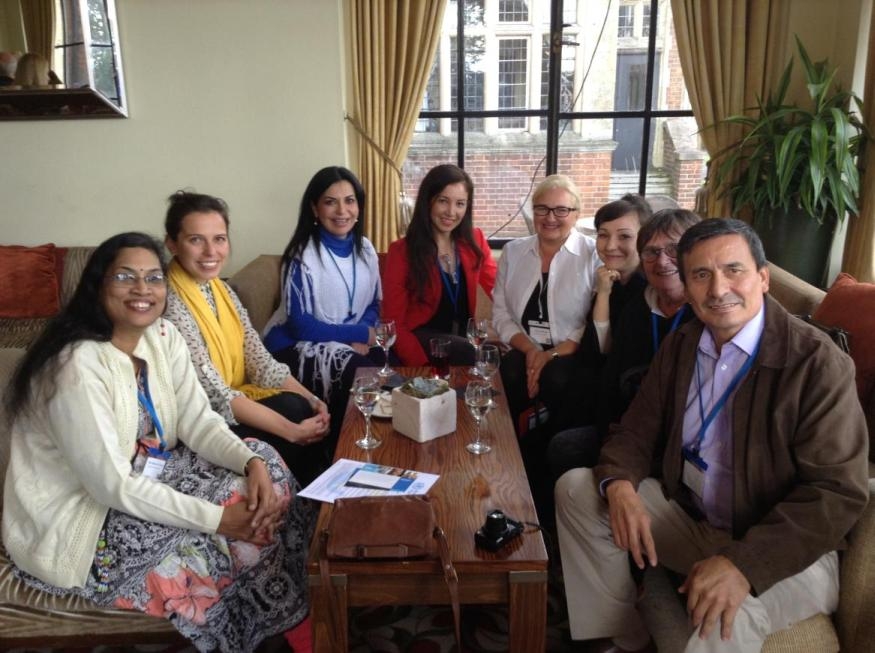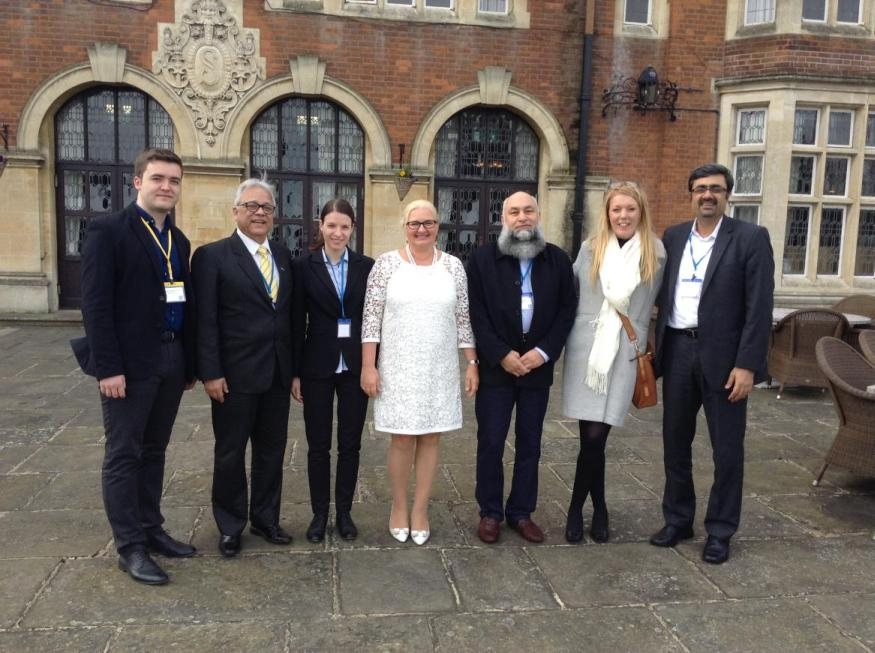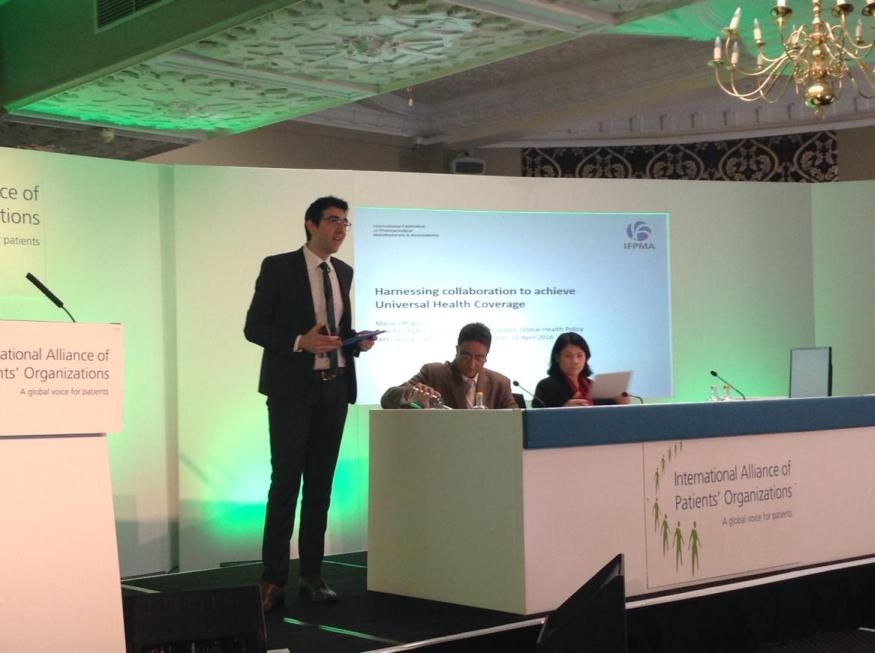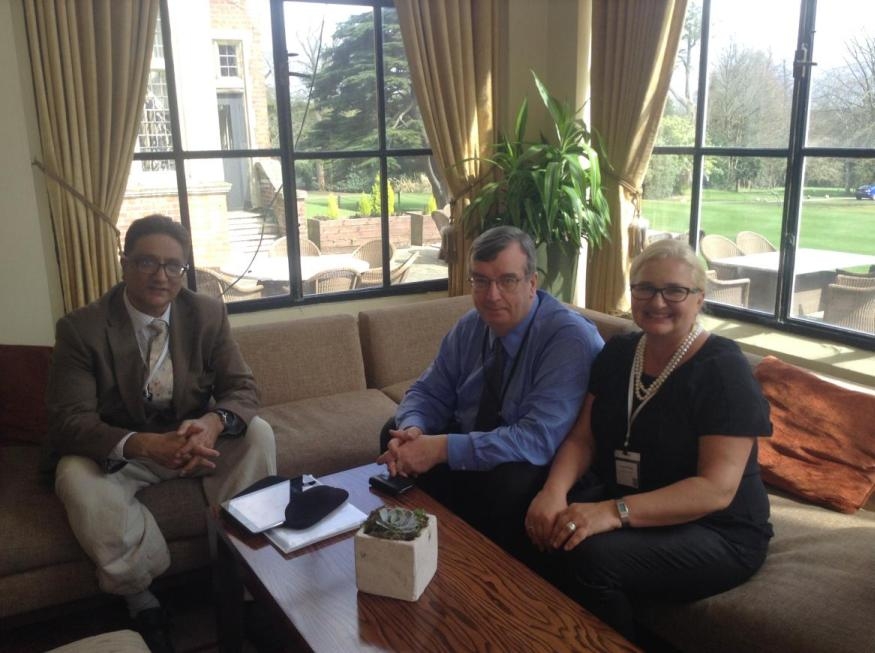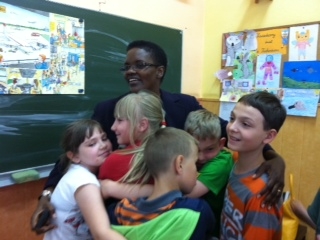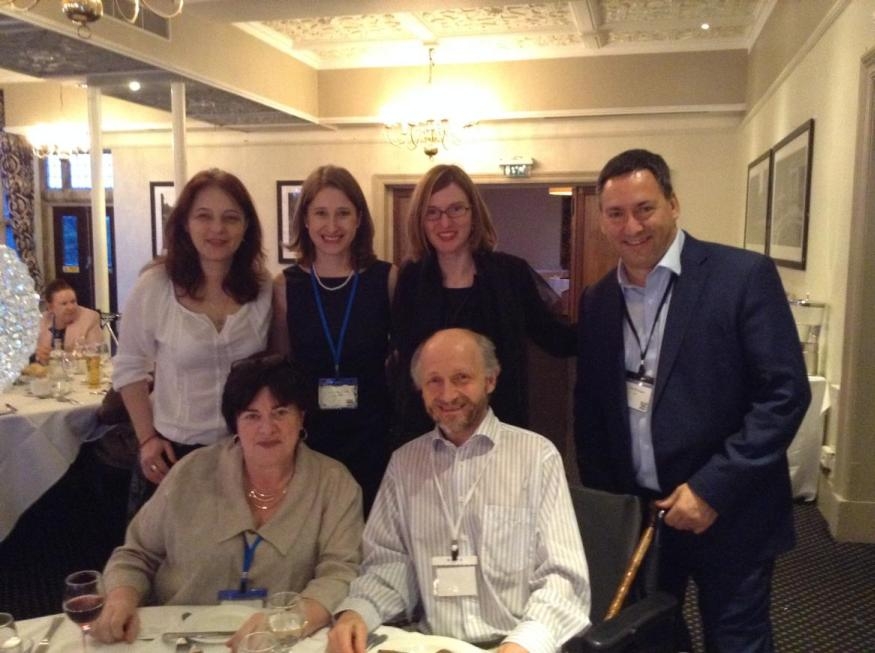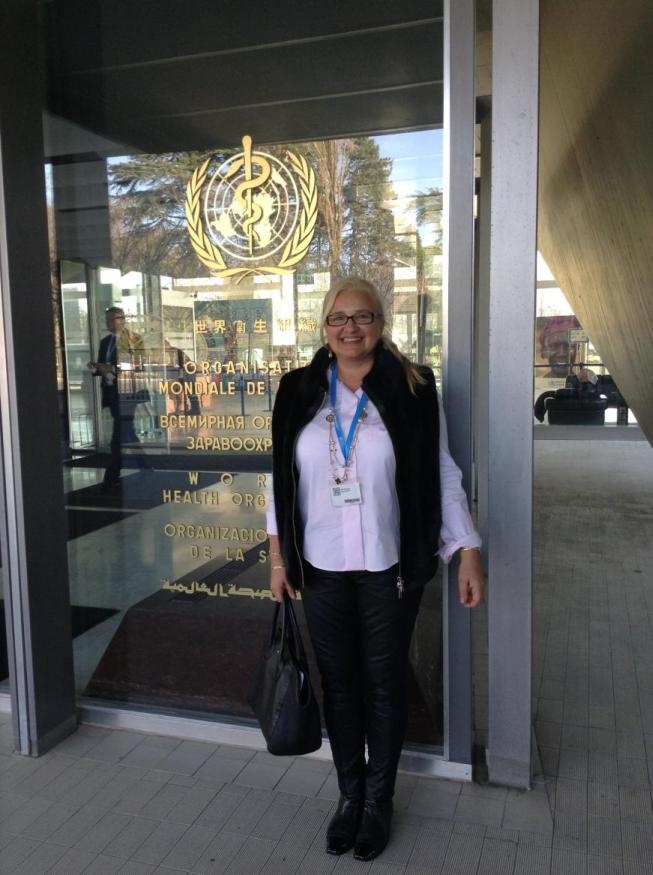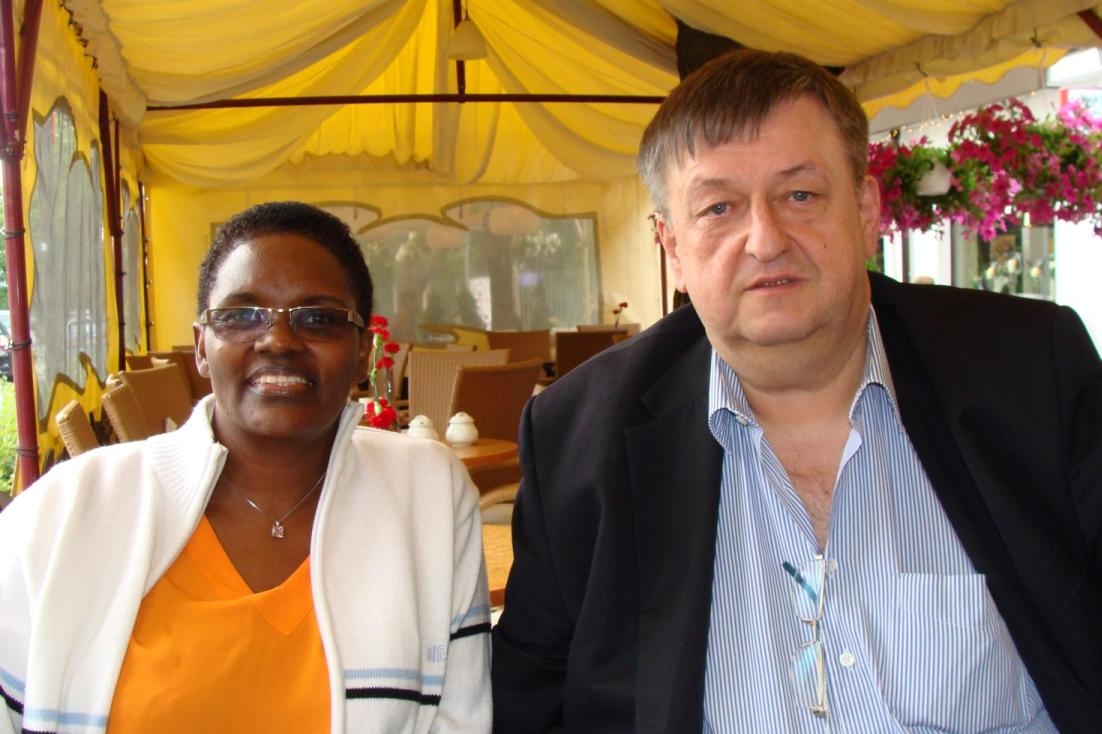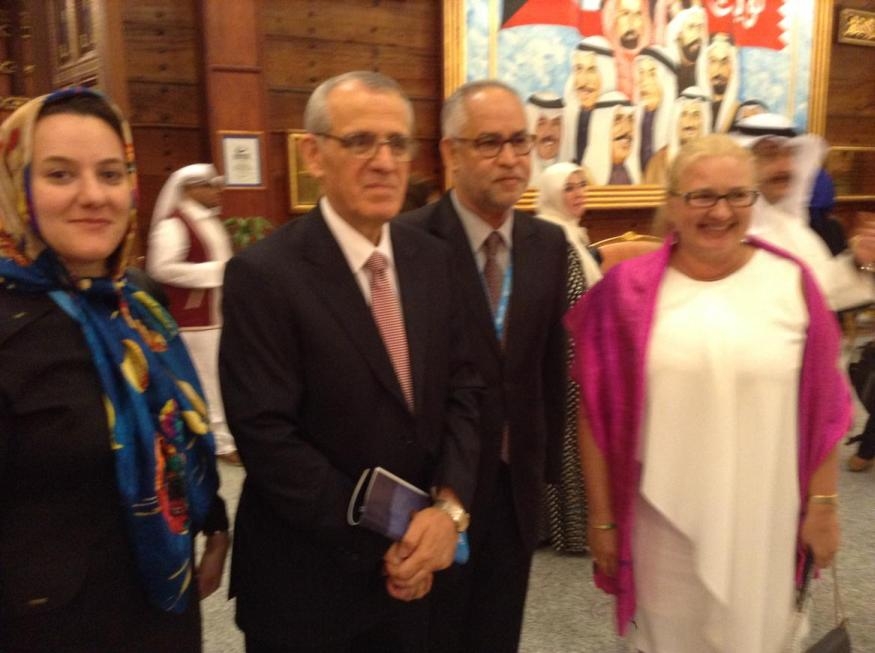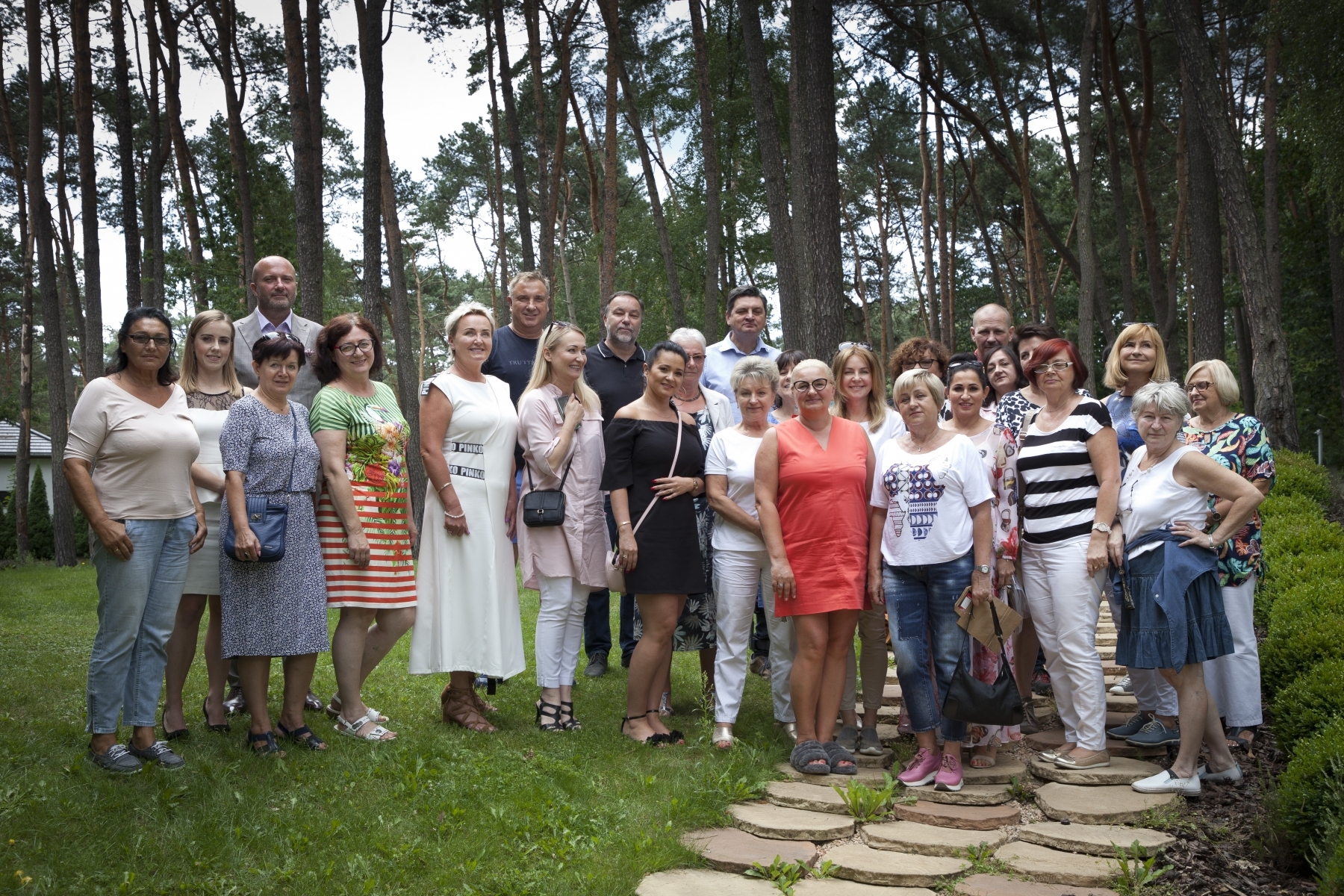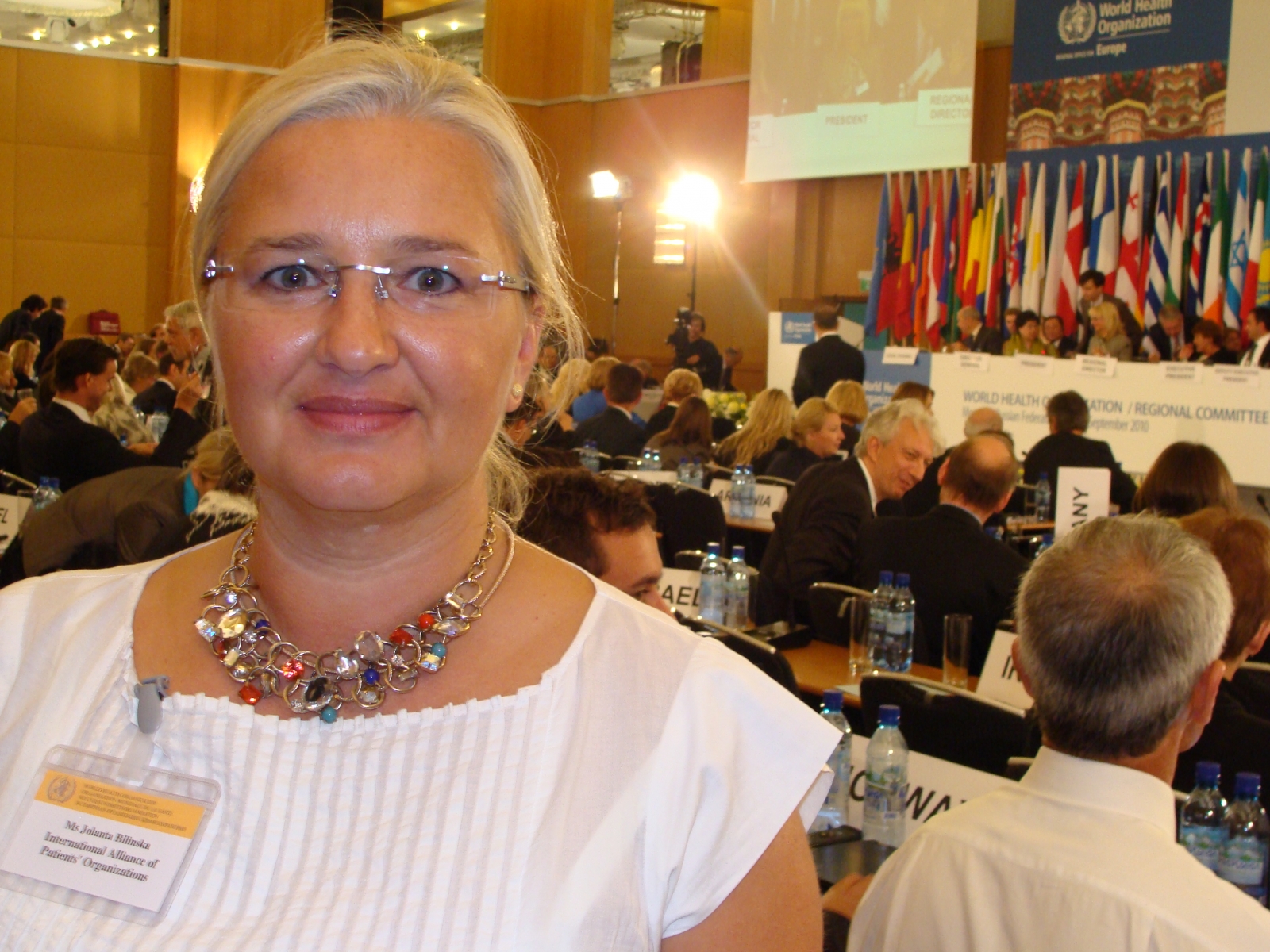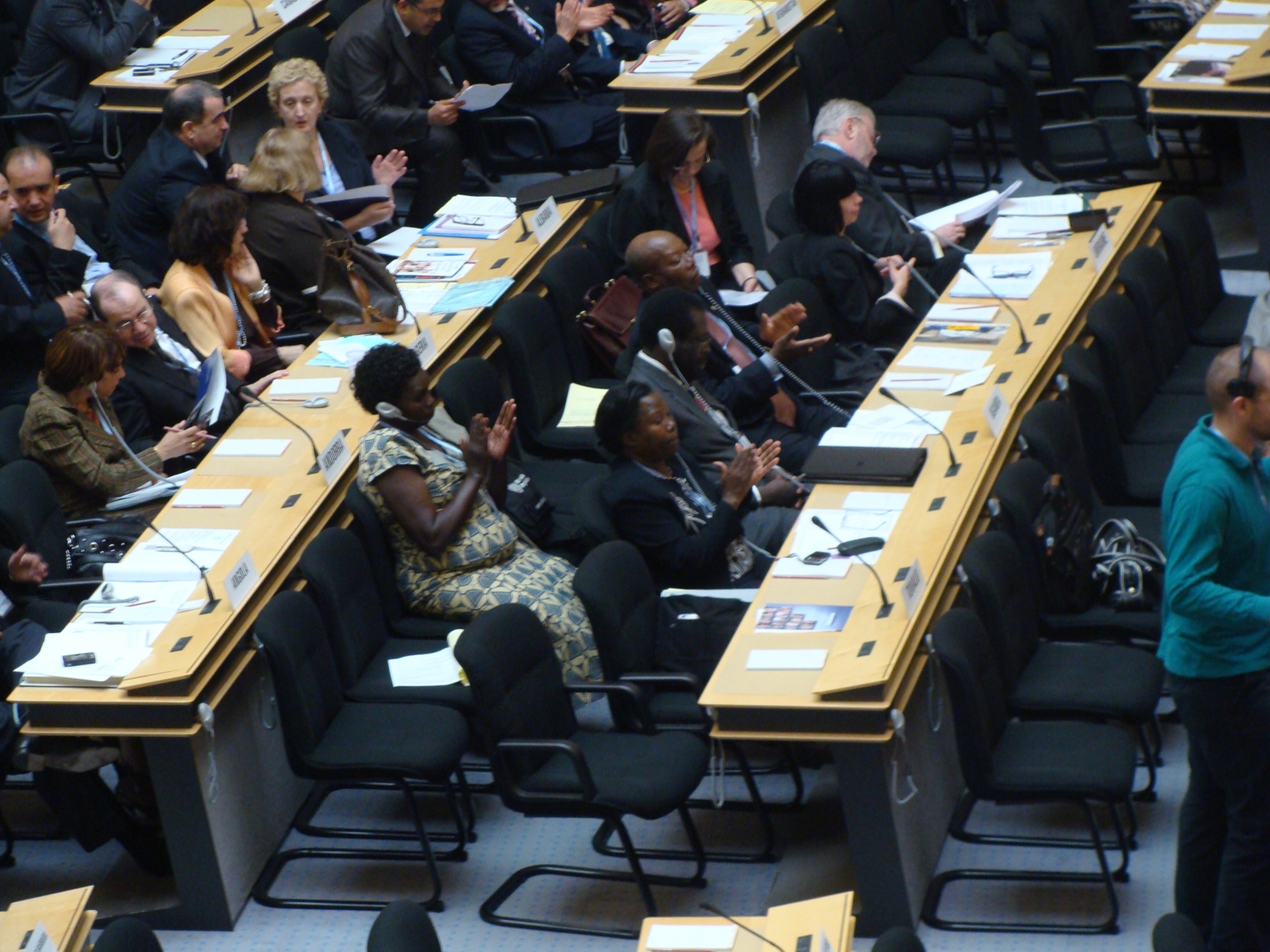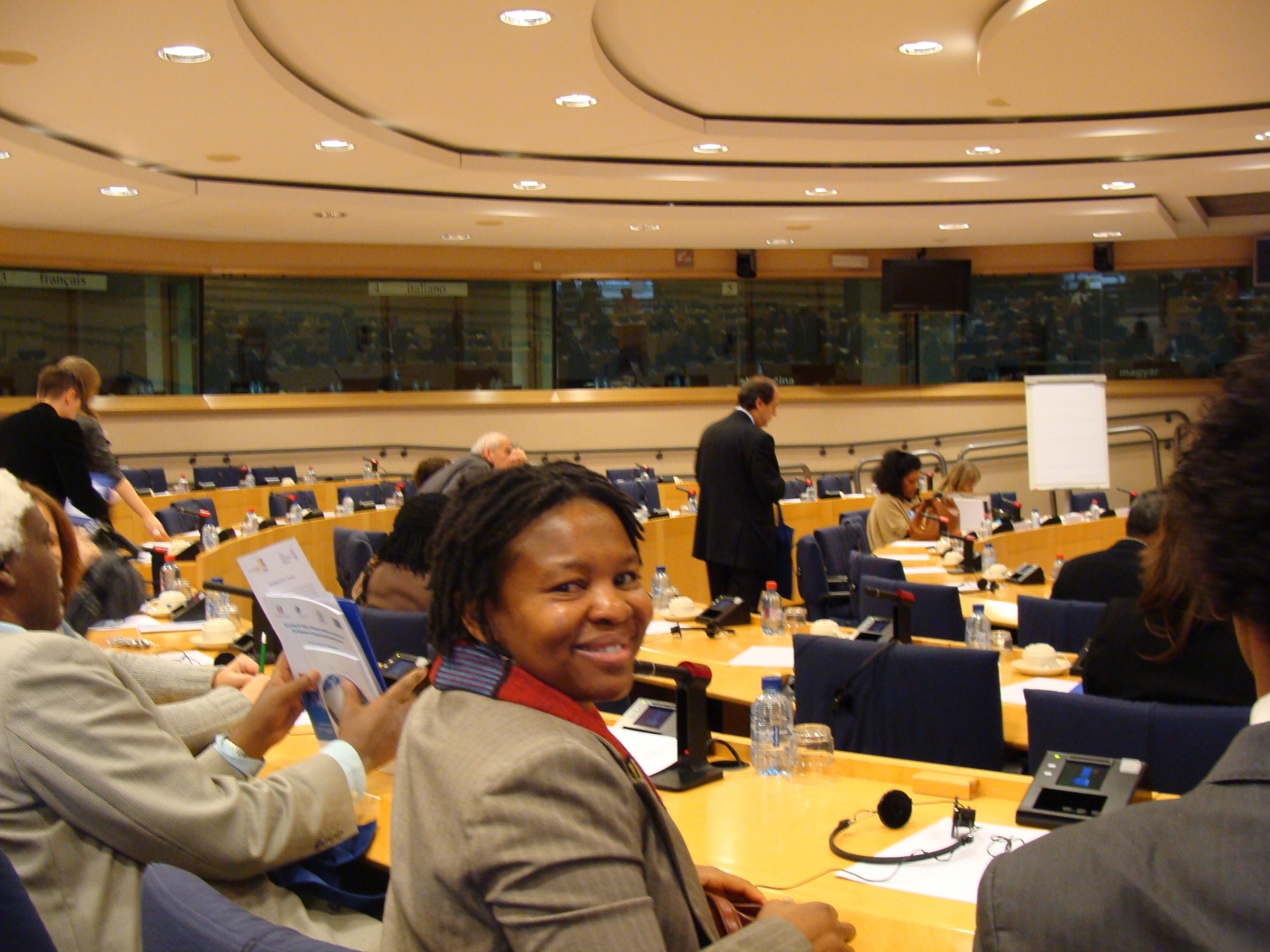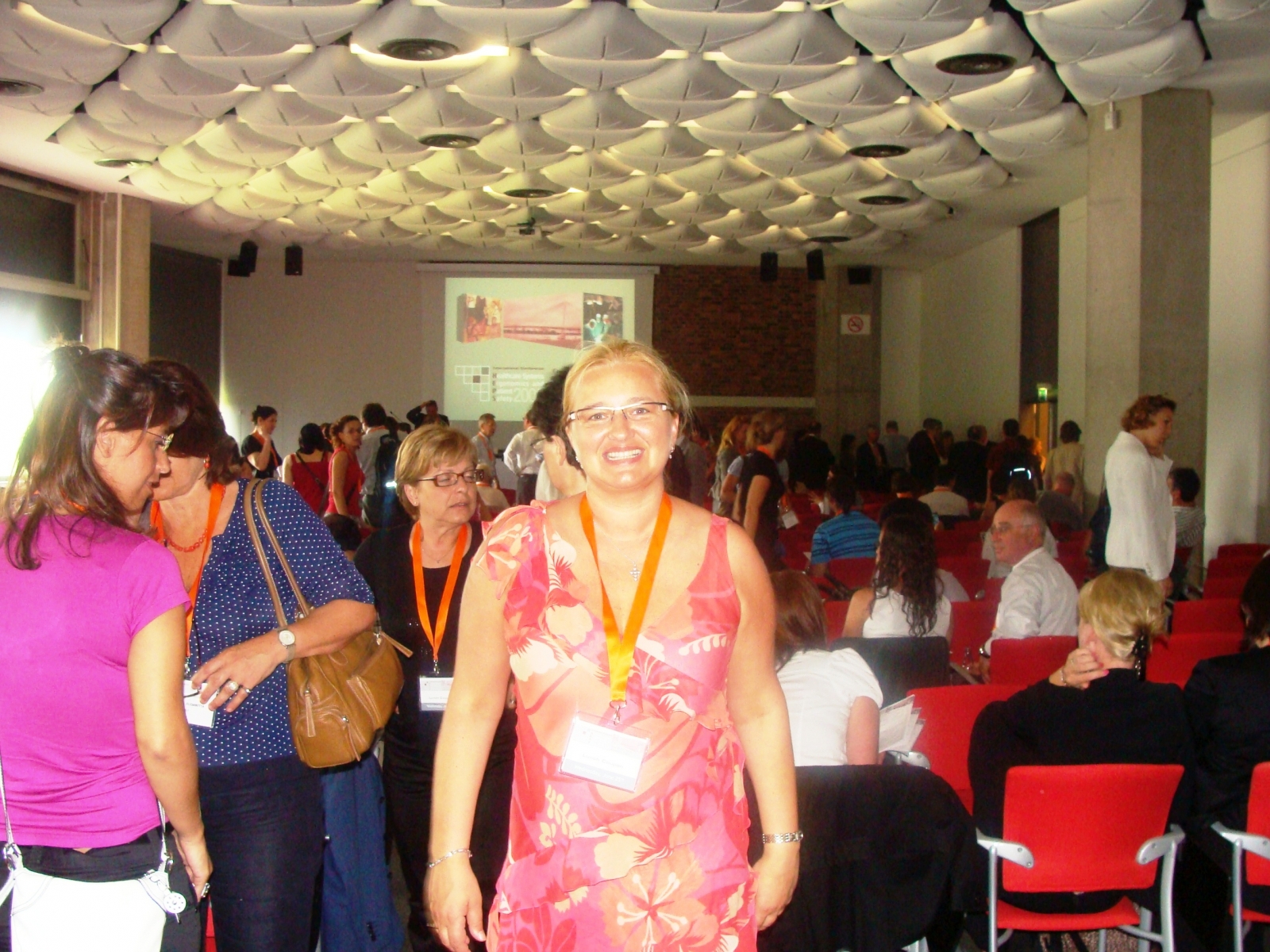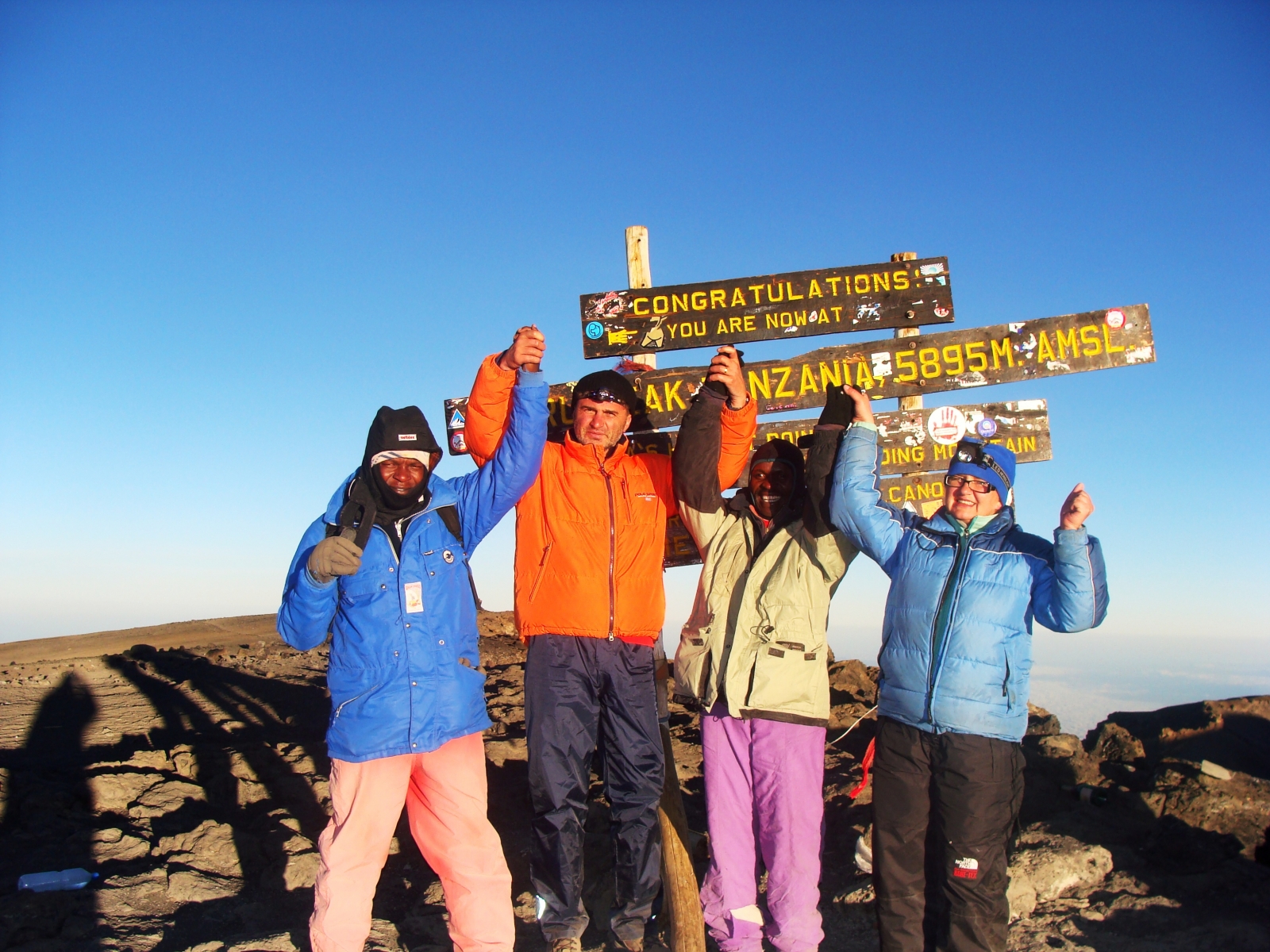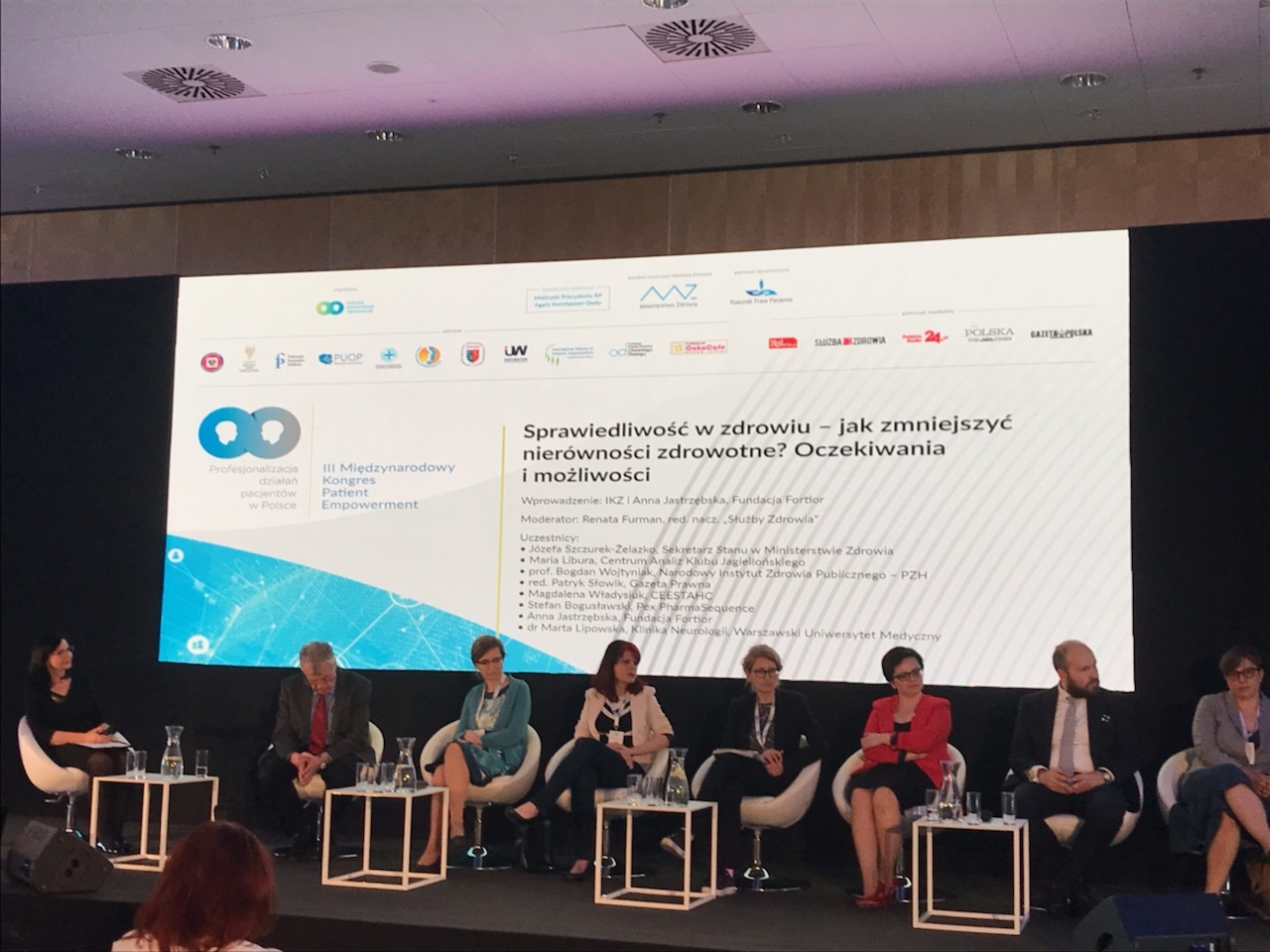“Health Emergency: a resource and an opportunity for everyone. International models in comparison”
Health
emergency was an event in Rome in June 2010. The organization of
pre-hospital emergency care represents one of the main elements to
evaluate the quality and efficiency of a public health service taking
into account, of course, the various components involved therein (public
institutions, volunteers associations, private companies).
Worldwide,
in order to face health emergencies, many different systems have been
planned, using procedures that integrate various components and with
special care for institutional, geographical, socio-economical and
cultural distinctive features.
All emergency systems are set
considering the criteria of organizational uniformity, rationalization
of resources, quality, qualification of the people involved and
integration.
On the first day, after the Institutional greetings, the
opening lecture presented the organization of the Italian medical
system, as far as health emergency is concerned, and its state of the
art.
Emergency medicine as a medical specialty and as a service in
pre-hospital settings has come a long way since its tentative beginnings
in the 19th century in various countries, (such as the USA and UK),
from which it has spread worldwide. Its development and the strategies
adopted have varied from to country for many reasons but chiefly ones
such as available resources, cultural tradition/philosophies and
environmental conditions (eg. degree of urbanisation vs rural), leading
different systems to be in place as considered appropriate. But the
dedicated aim is the same, which is how best, within available
resources, to provide out-of-hospital acute medical care and/or
transport to definitive care, to patients with illnesses and injuries
which the patient, or the medical practitioner, believes constitutes a
medical emergency. In terms of strategies for emergency care essentially
two can discerned which are in European countries, (like Germany,
France etc) different compared to the practices in North America, UK and
Australia. In the former, the approach is to provide a physician on the
scene that is a ‘hands on approach’ or sometimes called a ‘stay and
play’ in which pre-hospital emergency clinics, mobile resuscitation
units etc. are a key element as opposed to a paramedic approach,
(overseen by a physician), where specially qualified paramedics working
with physicians are used for medical emergencies in the latter mentioned
countries. Depending on the emergency circumstances, a different skill
level can thus be applied to ensure life support; defined as basic,
advanced, pre-hospital physician care and intermediate. Within this
background, the understanding of state of the art systems used within
these approaches is vital to achieve the common goal of saving life in
an emergency as will now be illustrated in the topics covered by this
round table that is; Cardiac Arrest, Acute Coronary Syndrome, Stroke and
Trauma.
A round table with representatives of the Institutions
involved in emergency activities and citizens’ associations followed in
order to evaluate their perception of the utility of the emergency
service and underline its needs.
On the second day some
international realities were described by the members in charge of
territory emergency systems. The realities were subdivided into three
types according to their territory dimension and their demography:
megalopolis, metropolitan areas, wide territories.
On The third day
the health emergency networks and its components, as well as the
experiences regarding maxi-emergency situations, were discussed.
The congress will end with the drafting of a consensus document, agreed by all participants,
During
the congress we had a chance to see exhibition on Means of rescue
(land, sea and air rescue), simulators, logistic and emergency
facilities, books and sector publications, innovative technologies and
drugs, EMS software and hardware, telemedicine facilities.
The
exhibition aims to focus on those innovations that support operators in
the development of emergency activities on the territory at an
international level.



